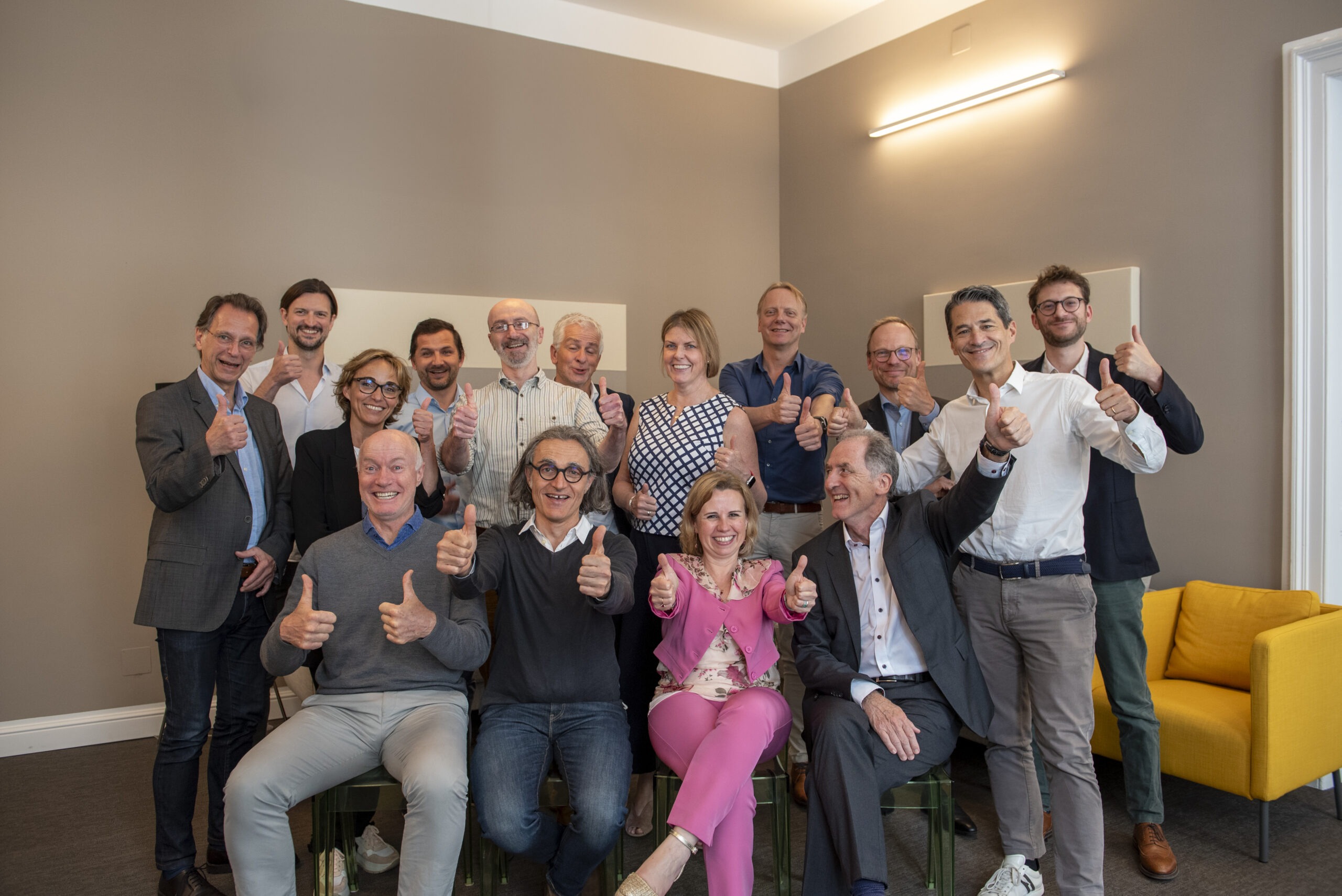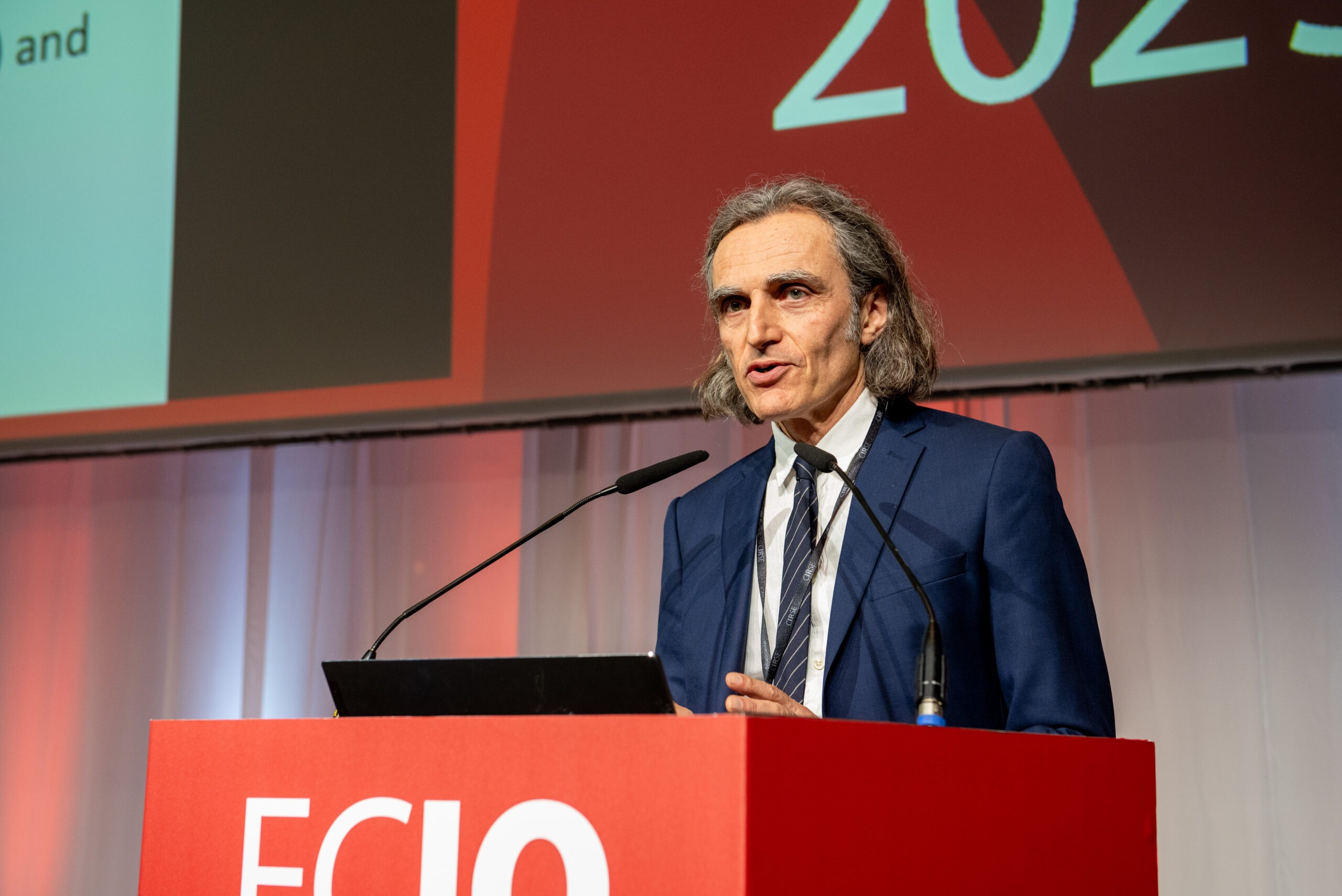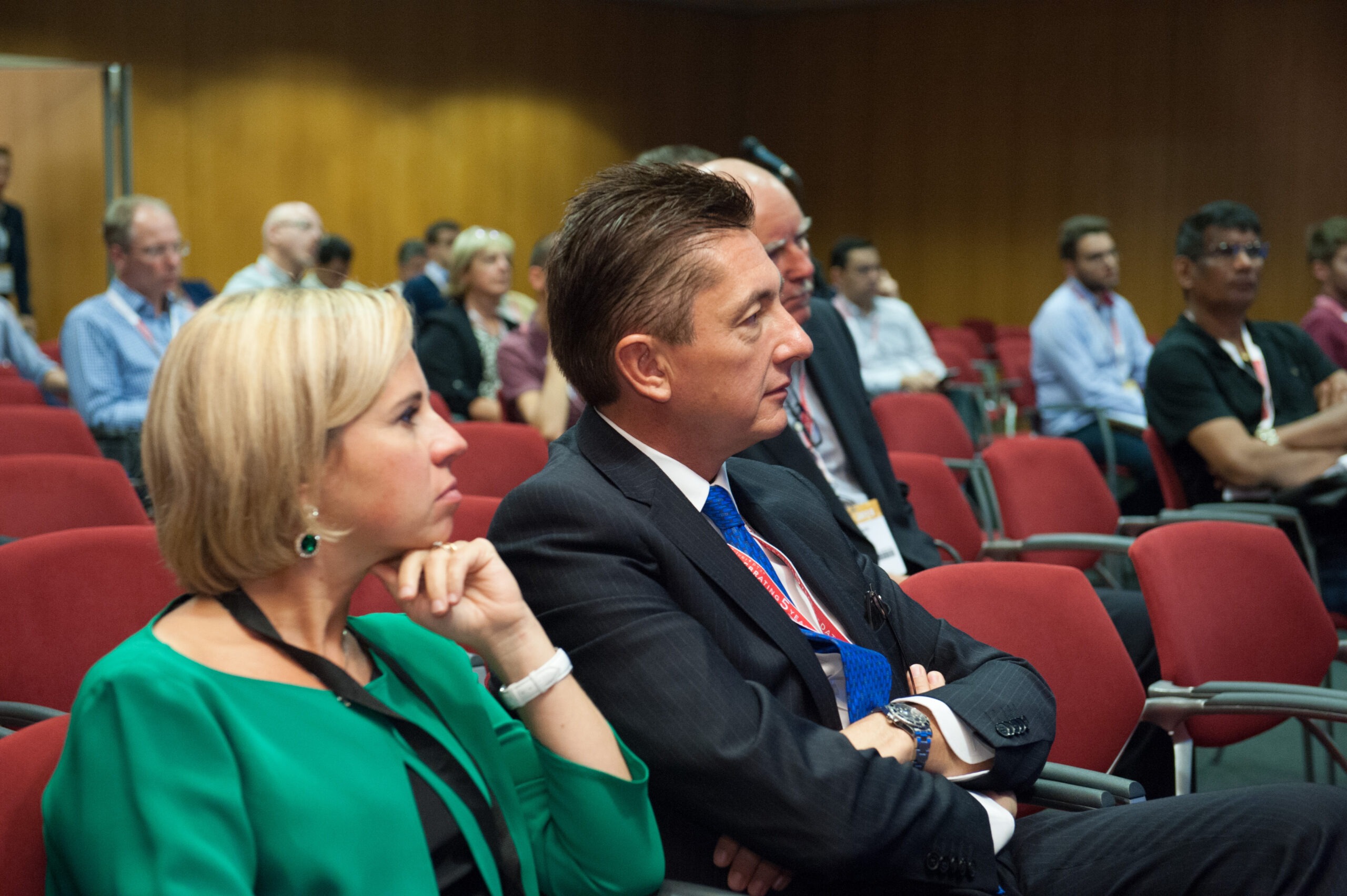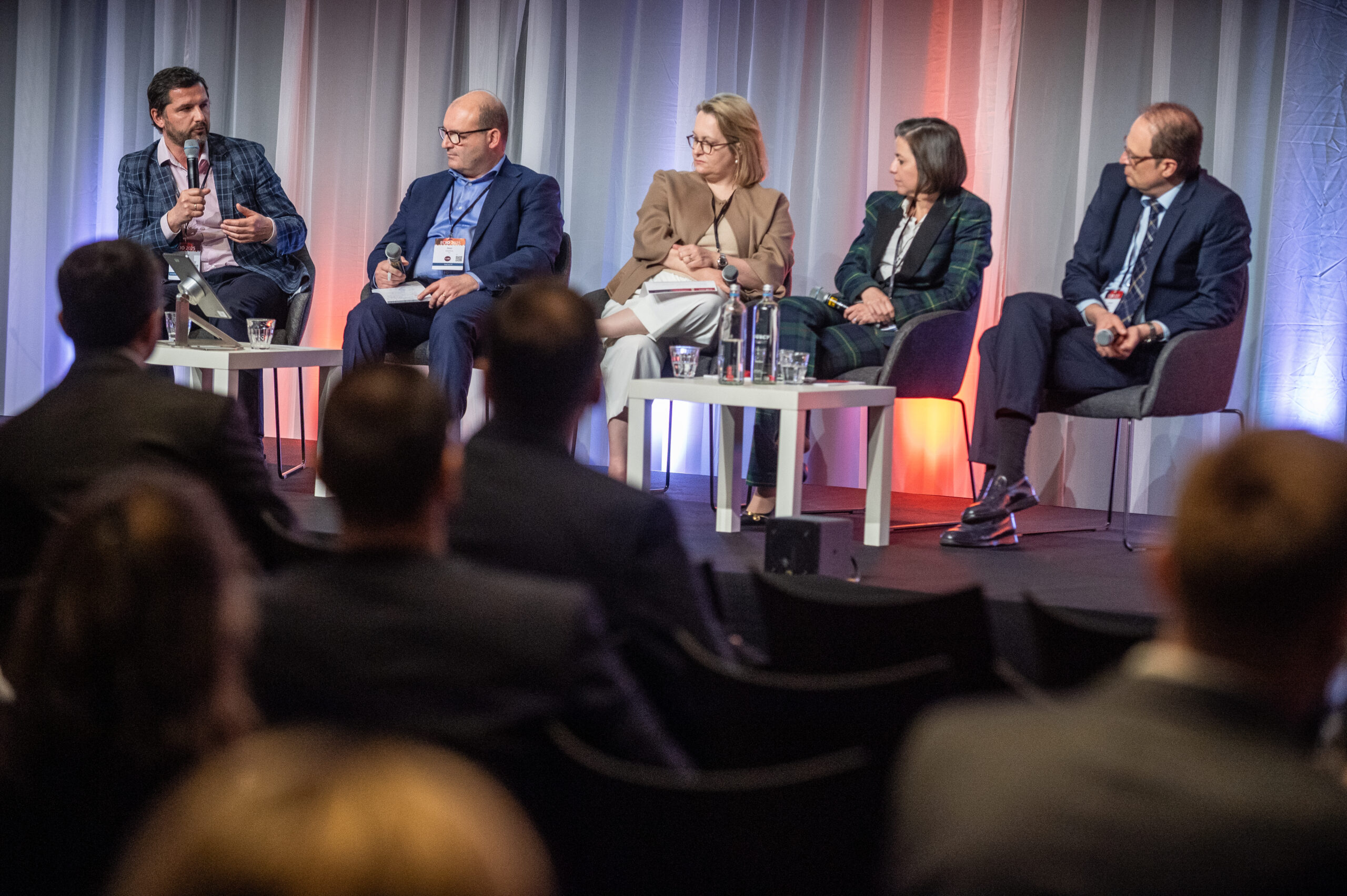CIRSE Insider: What is your vision for the future of ECIO?
Palussière: We will keep striving for the highest standards for the conference, both in terms of technical innovation as well as research, and to continue opening up to other specialties to compare treatments. ECIO will remain a platform of multidisciplinary knowledge exchange, so every cancer patient can be offered the right treatment at the right time. We will continue to encourage teamwork that encourages collaboration rather than competition.
As our discipline is constantly evolving technologically, ECIO must also remain a place of technical innovation. One of the challenges ahead is to harmonise the description of techniques and to standardize procedures in order to reduce the risk of complications and failure. New resources such as robotics, radiomics, and AI can help us in this, and we must patiently continue to explore and examine. I can also envision ECIO as a place to promote the creation of multi-institution registries to allow for large data mining. Registries are one of the keys to demonstrate the efficacy of IO, to establish its place, and to enter guidelines. Registries are a strong proposal against “the tyranny of the randomized trial”.
Under the leadership of Prof. Thomas Helmberger, a workshop dedicated to communication was introduced. This theme is essential for us radiologists; as clinicians, we need to follow up on other specialists, communicating with the patient and explaining diagnoses, procedures, and outcomes. For this, we must know how to give news – good or bad.
Meijerink: First and foremost, I hope ECIO will continue to be as career-defining and eye-opening for young colleagues today as it was for me back in 2008. To echo Charles Dotter who said, “When used with imagination, the catheter can become an important therapeutic instrument,” I believe it’s fair to say that – with imagination – our image-guided technologies hold the power to transform clinical oncology. As we’ve heard from this year’s ECIO 2025 keynote lecturer, Prof. Constantinos Sofocleous, for conditions such as hepatocellular carcinoma and colorectal cancer, this transformation is already becoming a reality in many ways. I believe the two key elements for our longer-term success lie in our understanding that we are responsible for our patients before, during, and after the procedure and that we are responsible for the shared mission to ensure that what we’re doing genuinely benefits our patients and is sustainable for healthcare systems. For interventional oncology to truly grow and mature, we need to engage everyone in clinical research. The only way to achieve this is by building a community of professionals who are aligned in vision: one that collaborates rather than competes. A community driven by a collective motivation to transform clinical practice through innovation, evidence, and shared purpose.
CIRSE Insider: What are topics that are specifically close to your heart? Are there any topics from your own practices that you hope you can shine a spotlight on during the next two years?
Palussière: Interventional oncology offers enormous possibilities for the treatment of lung tumours, particularly metastases, which are often underestimated. On CT scans, the natural contrast of lung tumours enables us to treat small lesions very effectively. The field of combination treatment with immunotherapy and local drug delivery is another fascinating topic which I hope to feature strongly at the conference in the coming years. Combining thermal ablation techniques and immunotherapy in cancer management relies on the synergy between the two therapies and therefore requires strong collaboration between practitioners.
The exploration of the immune effects of local and regional interventions will surely be an important research topic in the years to come and I look forward to research on this topic being presented in the upcoming ECIOs. The same goes for the local delivery or direct tumour injection of chemotherapeutic drugs and electrochemotherapy which has shown impressive results on refractory epiduritis. I am also very excited to see the dedicated compounds the industry is working on for local drug delivery.
Meijerink: Interventional oncology already plays a central role in the treatment of hepatocellular carcinoma, and in recent months, its growing impact on colorectal and other liver metastases has become increasingly evident, as highlighted in multiple sessions during ECIO 2025. The recently published randomized controlled COLLISION trial – with presentations by the lead authors Drs. Susan van der Lei and Robbert Puijk – demonstrated that ablation is not only significantly safer than surgical resection, but also non-inferior in terms of local control and overall survival. Similarly, registries like CIEMAR – with interim results presented by CIRSE president Prof. Philippe Pereira – highlight the critical importance of confirming ablation margins intra-procedurally, clearly showing better outcomes when this is done. These projects have laid a solid foundation. We’ve proven we can compete with surgery. Now, the next frontier is clear: to eliminate local recurrences altogether, extend our indications to larger and multifocal tumours, and continue pushing the boundaries of image-guided therapies.
But there’s more work to be done. We must raise our game in treating lung, renal, adrenal, soft-tissue, bone, head and neck, and maybe even brain tumours. We have the ability to eradicate disease with submillimetre precision – and that message needs to reach the wider oncology community. Beyond expanding indications and improving visibility, we must also turn the lens inward. Our field still lacks robust, validated systems for quality control. Variability in outcomes – not just between centres, but even between operators within the same department – is too wide. This must change.
CIRSE Insider: Which sessions did you find particularly exciting at ECIO 2025 that you hope to build on for 2026?
Palussière: Coming to ECIO every year, we realize that treatments and therapeutic combinations are evolving rapidly, and the sessions on HCC were very important from this point of view, showing the benefits of combination of TACE with systemic treatments.
The session on colorectal metastases chaired by a radiation oncologist and a surgeon demonstrated how ECIO is open to other specialties. My SPC Co-Chairperson Martjin Meijerink showed us the way forward with the results of the COLLISION trial. This trial has demonstrated the non-inferiority of thermal ablation compared to resection on liver metastases from colorectal cancer. It is the result of a fruitful collaboration and a collective effort between different groups in the Dutch colorectal cancer group.
I also really enjoyed the various tumour boards at ECIO 2025 which were all lively and reflecting our reality. They clearly demonstrated that there is no competition between, but rather collaboration among specialities for the benefit of the patient.
Another great feature of this year’s congress was the basic course on breast tumours, which was such a lively session with high-level presentations and lots of discussion around a therapeutic proposal – cryotherapy – which we feel is going to play a strong role in the treatment of breast tumours in the coming years.
Meijerink: For me, the mission for ECIO 2026 is clear: to showcase the full potential of interventional oncology – and to look ‘beyond the procedure’, toward becoming a true clinical specialty, with a strong focus on quality control, standardization, and evidence generation and I am honoured and very much look forward to collaborating with the new chairperson Prof. Jean Palussière and the CIRSE team.




